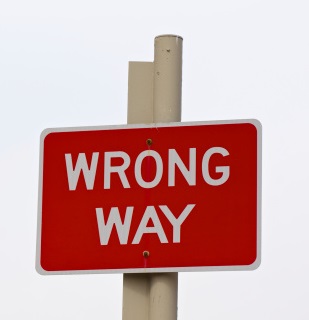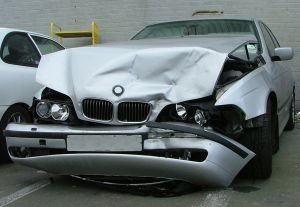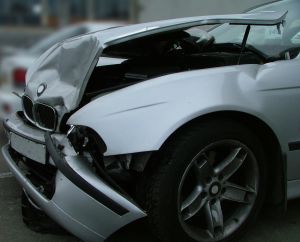In Floyd-Tunnell v. Shelter Mut. Ins. Co., an appeal argued in the Missouri Supreme Court, the plaintiff’s husband was killed in a car crash with an at-fault driver who did not have car insurance. As your Boston car accident lawyer can explain, courts refer to this type of driver as an uninsured motorist (UM).
 At the time this fatal car accident occurred, the plaintiff and her husband were the named insured drivers on three liability policies for three vehicles that they owned. All three car insurance policies where purchased with the same carrier. Each of these policies provided UM limits of $100,000.
At the time this fatal car accident occurred, the plaintiff and her husband were the named insured drivers on three liability policies for three vehicles that they owned. All three car insurance policies where purchased with the same carrier. Each of these policies provided UM limits of $100,000.
UM coverage is a type of insurance that a driver can purchase to cover himself or herself in the event of an accident with someone who does not have car insurance. While it is illegal to drive without car insurance, many people are out on the roads with no insurance every day. In the Commonwealth of Massachusetts, driving an uninsured motor vehicle is a crime punishable by up to a year in the house of corrections.
If someone who does not have insurance hits you, and you have UM coverage, the idea is that your insurance will pay you for your losses up to the limits of your UM insurance. If you have more than one vehicle, you may be able to apply the coverage from those other vehicles through what is called the stacking of UM coverage. In other words, if you are in an accident with an uninsured motorist, and you have $30,000 of UM coverage on the car you are driving, you could get that money to help with the losses you experienced from the car accident. If you have another car at home with UM coverage, you could possibly get that $30,000, as well, by stacking the two UM plans together.
Continue reading
 Progressive Casualty Insurance Co. v. MMG Insurance Co. involved a car passenger who suffered severe personal injuries as a result of a motor vehicle accident. Those injuries cost him much more than $500,000, which was the policy limit on the vehicle
Progressive Casualty Insurance Co. v. MMG Insurance Co. involved a car passenger who suffered severe personal injuries as a result of a motor vehicle accident. Those injuries cost him much more than $500,000, which was the policy limit on the vehicle Boston Car Accident Lawyer Blog
Boston Car Accident Lawyer Blog




 In the
In the  Tragically, the driver of the Civic and her two passengers were killed in this accident. The driver of the RV was taken to a hospital to be treated for serious but non-fatal injuries. A passenger in the RV was also killed in the accident. The RV was also towing a car that was destroyed in the accident.
While it is known that the Civic hit the RV, police have not concluded who was ultimately responsible for the deadly motor vehicle crash and are continuing to investigate.
Tragically, the driver of the Civic and her two passengers were killed in this accident. The driver of the RV was taken to a hospital to be treated for serious but non-fatal injuries. A passenger in the RV was also killed in the accident. The RV was also towing a car that was destroyed in the accident.
While it is known that the Civic hit the RV, police have not concluded who was ultimately responsible for the deadly motor vehicle crash and are continuing to investigate. At the time this fatal car accident occurred, the plaintiff and her husband were the named insured drivers on three liability policies for three vehicles that they owned. All three car insurance policies where purchased with the same carrier. Each of these policies provided UM limits of $100,000.
At the time this fatal car accident occurred, the plaintiff and her husband were the named insured drivers on three liability policies for three vehicles that they owned. All three car insurance policies where purchased with the same carrier. Each of these policies provided UM limits of $100,000. Approximately 10 of her friends (also clowns) arrived on scene to help the woman. It is alleged that the victim was attempting to operate her GPS and was looking away from the road when she ran into the utility pole. As noted by the author of the article, her friends drove away from the accident in separate cars instead of all crowding into the tiny clown car.
Approximately 10 of her friends (also clowns) arrived on scene to help the woman. It is alleged that the victim was attempting to operate her GPS and was looking away from the road when she ran into the utility pole. As noted by the author of the article, her friends drove away from the accident in separate cars instead of all crowding into the tiny clown car. The first issue that arose is that the plaintiff filed the lawsuit against the both the driver and the rental car company. As your Boston
The first issue that arose is that the plaintiff filed the lawsuit against the both the driver and the rental car company. As your Boston  According to a recent
According to a recent 

 According to a recent
According to a recent